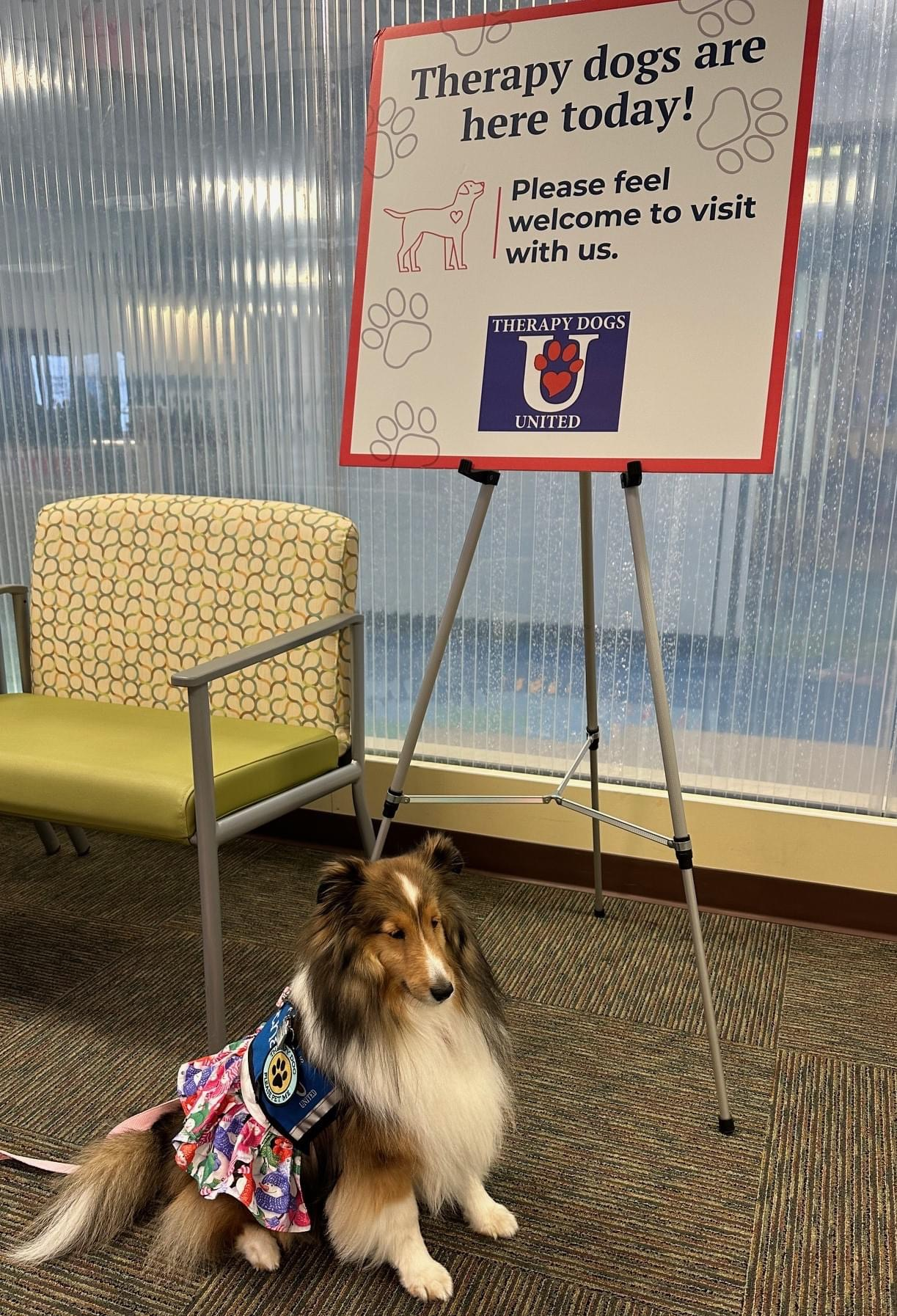Skilled Support Dog
Skilled Therapy Dogs
Highly-trained, skilled support dogs enhance the quality of life for children, adults and older adults with disabilities and/or special needs. A skilled support dog is used to assist individuals better manage daily tasks. These specially trained therapy dogs provide unconditional love and companionship by working hand-in-hand with a licensed therapist, counselor, guidance counselor, psychologist or psychiatrist, physiotherapist or rehabilitation therapist, as well as the dog's certified handler.
Benefits of a Skilled Support Dog
Skilled support dogs encourage physical movement, verbal and non-verbal communication and improved social behavior.
Motivation: Our studies show that a client responds more positively, enthusiastically, and comfortably when a therapy dog is involved. Together, the client and the skilled support dog work as a team to engage the patient in physical activities. Goals are set by the attending health care professional.
Recovery: The client's ability to move is improved and response to physical stimuli is increased. This encourages the client to engage in physical activities, often overlooking the physical pain that may be associated with their recovery.
Social Interaction & Language: Therapy dogs can be key to opening dialogue and facilitating conversations. Since a dog is very social by nature, a certified skilled support dog is often used to help improve social and emotional development.
Comfort, Compassion and Care: Skilled support dogs can provide support and friendship to anyone who finds it challenging to meet new friends or who lacks self-esteem.
Feelings of Safety & Well-Being: Therapy dogs are a calm companion used to help relieve stress, anxiety and loneliness. Through the use of a Skilled Support dog - we bring a pleasant distraction while reducing negative feelings, thoughts and concerns. Since a dog naturally offers unconditional and non-judgmental love and affection!


